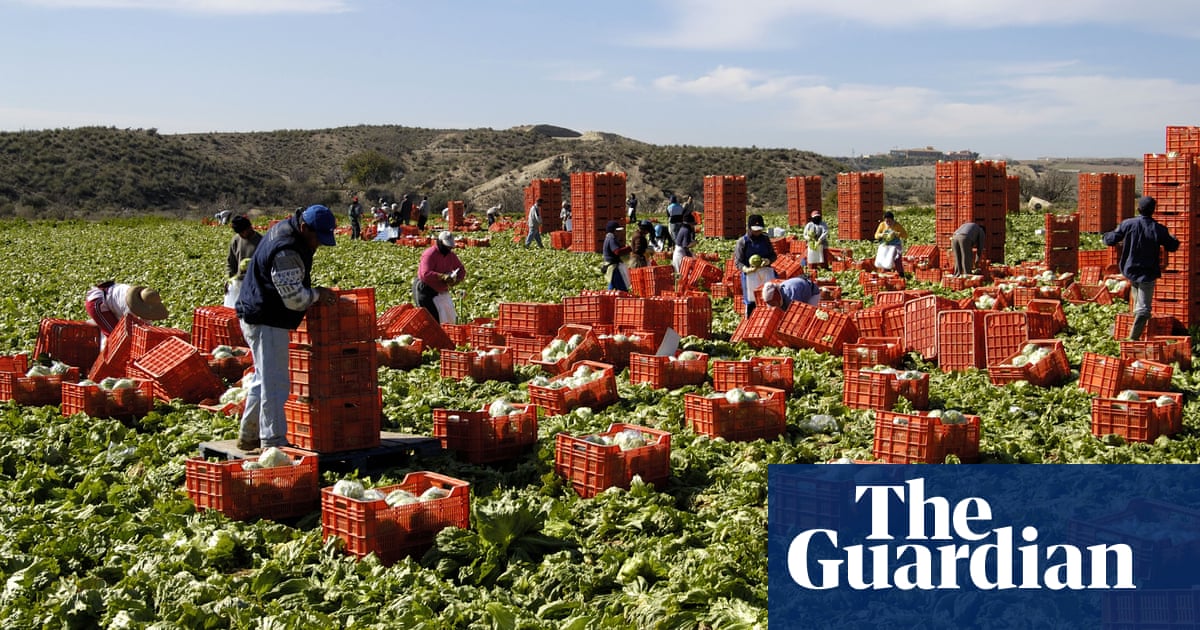
Rising energy and fuel bills are driving growing numbers of UK companies into insolvency, as firms struggle to cope with higher costs, supply and staff shortages, and the withdrawal of Covid support packages from the government.
Corporate insolvencies in England and Wales jumped by more than 80% in the past quarter from a year earlier, while the number of firms opting to be liquidated hit the highest level in at least six decades. They accounted for almost nine in 10 of the total.
Insolvency experts warned of a tough autumn when even more firms could go out of business, including larger companies, as a result of falling consumer confidence and demand.
There were 5,629 company insolvencies between April and June, up 13% on the previous quarter, and 81% more than in the same period last year, according to figures from the government’s insolvency service.
This includes 4,908 creditors’ voluntary liquidations (CVLs), where a company that cannot pay its debts decides to fold. It was the highest quarterly figure since the start of the data series in 1960.
The number of compulsory liquidations also increased to 368, but remained lower than levels seen before the pandemic.
John Cullen, a business recovery partner at accountancy firm Menzies, said: “This is indication of the severe cashflow pressures that many businesses are facing, which are exacerbated by soaring energy and fuel costs. Inflation is testing the viability of businesses across industry sectors and with interest rates expected to rise again this week, the cost of borrowing is also set to rise.
“At the same time as facing significant cost increases, many businesses are being hampered by supply and staff shortages, which are limiting revenues at a critical time, just as demand levels are recovering or back to pre-pandemic levels.”
Samantha Keen, a corporate insolvency and restructuring advisor at the consultancy EY-Parthenon, warned this was just the beginning.
“The record levels of CVLs are the first tranche of insolvencies we expected to see involving companies that have struggled to stay viable without the lifeline of government support provided over the pandemic. We expect further insolvencies in the year ahead among larger businesses who are struggling to adapt to challenging trading conditions, tighter capital, and increased market volatility.
“The impact from the slowdown in consumer spending is likely to be felt in the autumn, just as many retail and hospitality businesses gear up for the all-important ‘golden quarter’. These businesses, which are highly sensitive to fluctuations in consumer demand, will be most vulnerable.”
Christina Fitzgerald, the president of insolvency and restructuring trade body R3, said: “Many directors are opting to close their businesses as they lack confidence in their trading prospects in the current climate.”
She said the drop in households’ disposable incomes for the eighth consecutive month in June would feed through to businesses, along with soaring costs across the board, supply chain issues, and a tight labour market. “This has meant an uphill battle for many businesses, especially for those still reeling from the pandemic,” she added.












